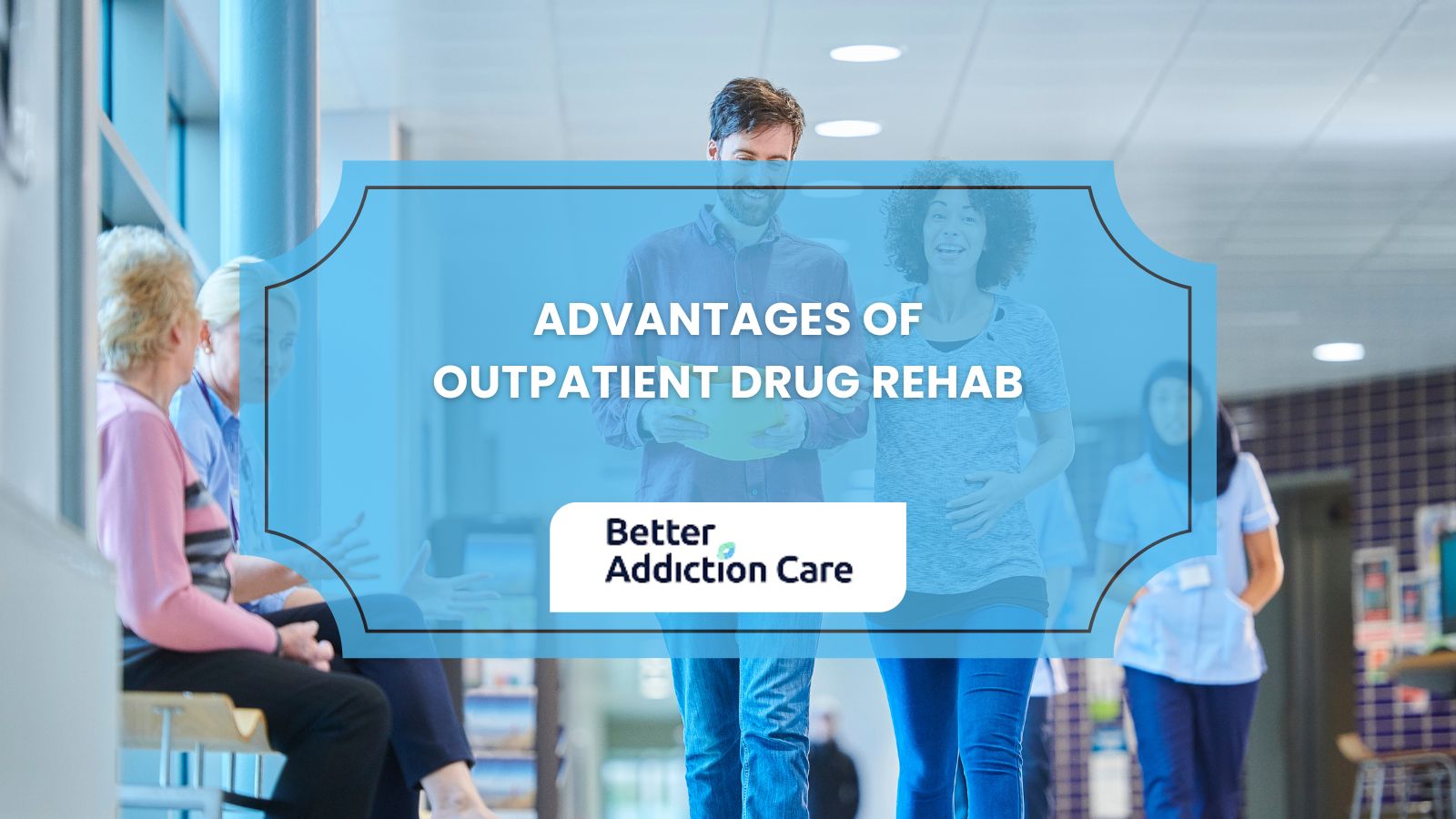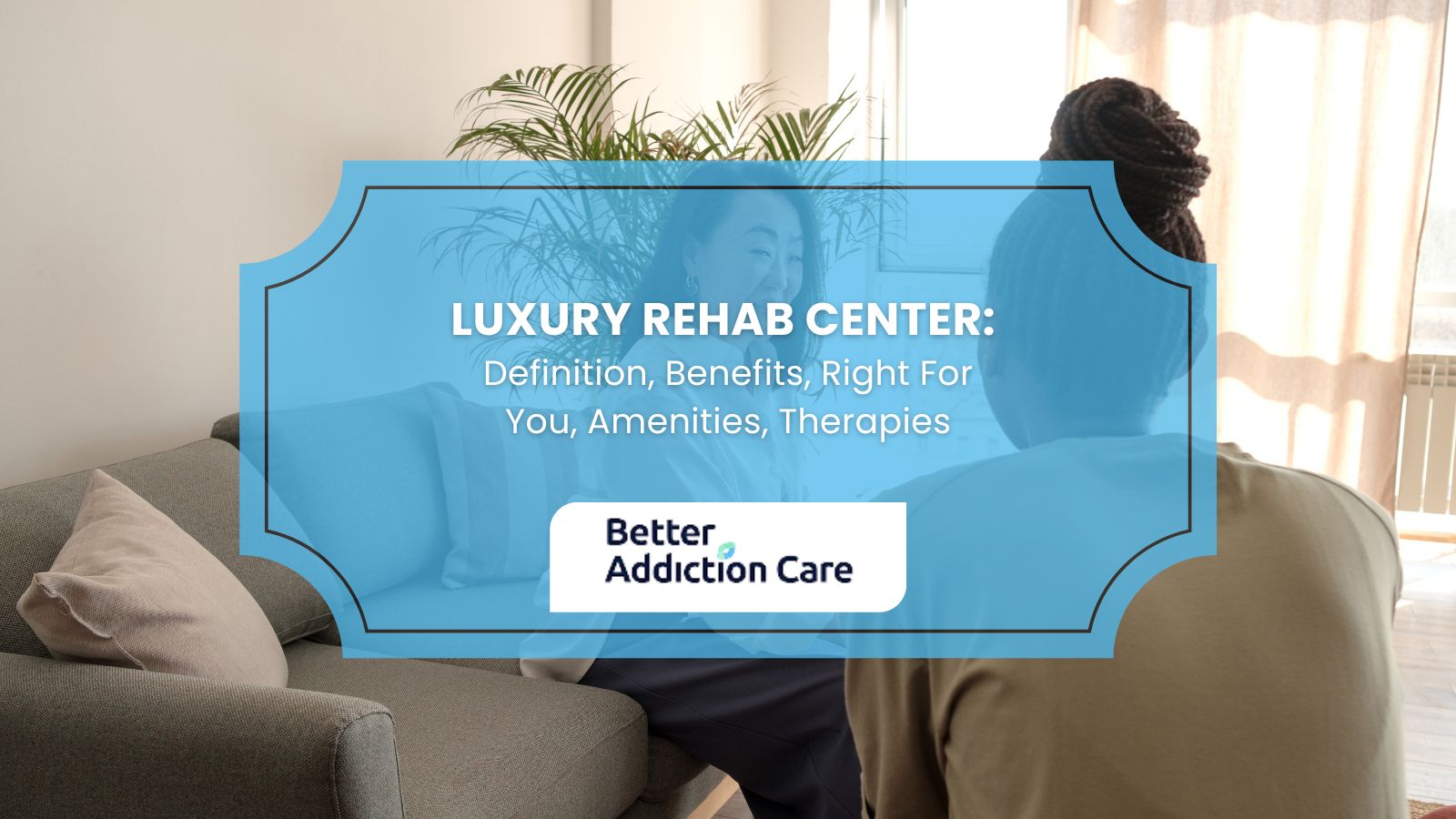Inpatient Treatment for Substance Abuse
Inpatient facilities for substance abuse take an important place on the addiction recovery path, as they provide a perfect opportunity for people to start their sobriety in a controlled and supportive environment that is always controlled by professional medical personnel.

Unlike outpatient programs, which offer medical treatment to the patients in their homes, this program occurs in a residential care setting, where people reside in an appropriate facility for the duration of their recovery program. Patients at these facilities receive round-the-clock care, exposure to an array of therapeutic approaches, and temporary respite from their triggers and stressors.
It should be highlighted that when initiating inpatient treatment for substance abuse, the professionals in the center evaluate individuals’ situations, the main aspects of their addiction, and potential triggers to address individuals’ needs.
Characteristics of The Inpatient Treatment for Substance Abuse
Inpatient drug abuse treatment, also known as residential therapy, is a program that places addicts in a secure facility for an extended period to get medical-related care and enough psychological support to get out of addiction. While they are there, patients follow a regimented therapy plan that usually consists of:
Structured Program:
The approach consists of a routine program that involves therapy, group counseling, and some other activities aimed at dealing with the addiction. All the plans are well-structured and organized in a schedule made based on the individual needs of the addict.
Medical Monitoring:
Healthcare workers are available to monitor the patients 24/7. This is highly recommended, especially for those patients with a high risk of life-threatening withdrawal symptoms while completing the detox.
Therapy Sessions:
Conventional individual therapy by professional counselors to explore the reasons for the addiction and how to beat it. Varieties of approaches, such as Cognitive Behavioral Therapy or Dialectical Behavioral Therapy may be carried out.
Group Counseling:
Group counseling involves the benefits of meeting new people, sharing bad times, and getting and giving support to others in the same boat.
Medication-Assisted Treatment (MAT):
Medication-assisted treatment (MAT) is the one in which drugs -FDA approved- are used to treat different stages of addiction, like cravings, withdrawal symptoms, and adverse effects of drugs. MAT should always be given under medical supervision.
Educational Workshops:
Workshops on educational topics include addiction, relapse prevention, and life skills training. The workshops aim to empower individuals to make the right choices and overcome hurdles after treatment.
Holistic Approaches:
A holistic approach that covers the general well-being of the patient is a key component in many programs which try to integrate therapy, medication, and physical and mindfulness activities. Some programs even focus on increasing creativity.
Family Involvement:
These programs focus on the integration of the addict´s relatives to ensure there is a promotion of good relationships and support in family dynamics that could impact the recovery process in the long term.
Aftercare Planning:
Preparing an individual aftercare plan, identifying local support groups, and finding resources for ongoing assistance when the patient is discharged from the clinic are all components of returning to normal life.
Inpatient settings have a key advantage for recovery that is characteristic of this level of care: Patients can be focused on the recovery process with few to zero distractions.
This does not mean that they will be isolated but that they are going to be in a controlled environment, away from triggers and temptations that could generate setbacks in their recovery journey. Inpatient treatment usually offers a comprehensive approach, trying to see the patient as a holistic person who requires multiple, interdisciplinary, and varied approaches to cover all needs.
How to Decide on Getting Inpatient Treatment?
The decision stage of the recovery process is one of the most important; the inpatient addiction treatment approach could be chosen during this stage, either for the self or for the close ones. Here's a simplified guide to help make the right decision:
-
The first step is to evaluate the patient by a professional to determine the severity of the addiction and the suitability of inpatient treatment.
-
Reflect on the potential detrimental physical and psychological consequences of the addiction and its severity.
-
Inpatient treatment for detox and stabilization is the “go-to” when safety concerns are also a worry, the addiction level to drugs is high, and the fear of withdrawal symptoms is there.
-
Analyze the support services the treatment center offers and whether inpatient treatment can provide more structure and support.
-
When evaluating the different centers of inpatient programs, the location, treatment model, and cost should be considered.
-
When Making the decision, consider the patient’s treatment preferences, readiness for change, and resistance to treatment.
-
Look over your financial standing, insurance, and payment capability.
-
Prioritize your health and happiness, and make adjustments to them.
All these are to be evaluated and can be an entry point to treatment.
How Long is Inpatient Substance Abuse Treatment?
The length of inpatient substance abuse treatment depends on such factors as the intensity of the addiction, the pace of progress in the treatment, the particular treatment goals of the patient, and the structure of the program. Typically, inpatient programs range from 28 days to many months.
Short-term programs usually last about 28–30 days and aim to provide acute detoxification, stabilization, and some of the primary phases of recovery. These interventions may be suitable for people with mild to moderate substance use disorders who need a focused intervention to address their immediate complaints.
Longer-lasting programs may go from 60 to 90 days or more and provide thorough treatment and support to handle root causes, teach living skills, and influence long-term sobriety. These are programs typically recommended for patients with severe addiction, co-occurring mental health disorders, or relapse histories.
In the end, the length of inpatient substance abuse treatment is based on the patient’s needs and progress in treatment. Collaboration with professionals is vital among individuals to decide the most suitable duration of stay that will best help their rehabilitation process.
How Much Does It Cost?
The cost of inpatient substance abuse treatment is generally quite variable and depends on the location of the treatment facility, the level of care provided by the organization, the length of treatment, and the available amenities. In general, inpatient treatment costs can vary from a few thousand dollars to tens of thousands per month.
Usually, the cost of a 30-day inpatient treatment program may range from about $6,000 to $30,000 or even more. Nonetheless, premium or upper-class institutions with extra features, including private rooms, 5-star meals, and recreational activities, may be pricey, over $50,000, or even more for a 30-day stay. However, it should be pointed out that many factors can determine the total cost of treatment, such as insurance coverage, financial aid programs, sliding scale fees according to income, and payment plans from the facility where the patient undergoes treatment.
What Are the Differences Between Outpatient Treatment and Inpatient Treatment?
|
Aspect |
Outpatient Treatment |
Inpatient Treatment |
|
Flexibility for having a regular life |
Home-based with individuals maintaining daily routines and attending the treatment center regularly |
Institutional setting with residential accommodations and 24-hour supervision |
|
Intensity of medical support |
Fewer hours of therapy and support |
It provides 24-hour care and intensive therapy |
|
Cost-effectiveness |
It is usually more cost-effective as it requires fewer resources to conduct the treatment |
Usually, they are more costly as a result of residential accommodations |
|
Independence |
Promotes independence in recovery management and completion of treatment |
Offers a very structured environment for substance recovery |
|
Exposure to triggers |
Expose individuals to triggers in uncontrolled environments |
Provides a controlled environment to avoid triggers |
|
Peer support and community |
Limited interaction with peers and community inside the therapy group, on the other hand, promotes interaction with daily life groups, including family |
Cultivates a sense of community and camaraderie among peers receiving treatment |
|
Suitability |
Suitable for mild addiction or ongoing support |
Effective for severe addiction or complex treatment needs |
|
Risk of relapse |
Greater risk due to exposure to triggers |
Risk not increased. Limited while being in a controlled environment |
In general, the advantages and disadvantages of outpatient and inpatient behavioral treatment approaches depend on individual requirements, level of addiction, and support system. By considering these factors carefully, people can decide on the treatment alternative that would be most suitable for their rehabilitation goals and way of life.
How to Choose the Treatment?
When choosing the best inpatient treatment facility, it should first be identified by analyzing several criteria and information obtained from multiple sources. Healthcare providers should be consulted to get an evaluation and personalized recommendations.
Begin with issues like the treatment center's location, treatment method, and personnel qualifications. If you need help, you can use our Treatment Center Finder to find the best option for you and get an idea of what is offered and what other patients say about these centers. This could help you obtain information about the programs and success rates of the different treatment centers by state.
Related Articles
Treatment Centers in New Jersey










